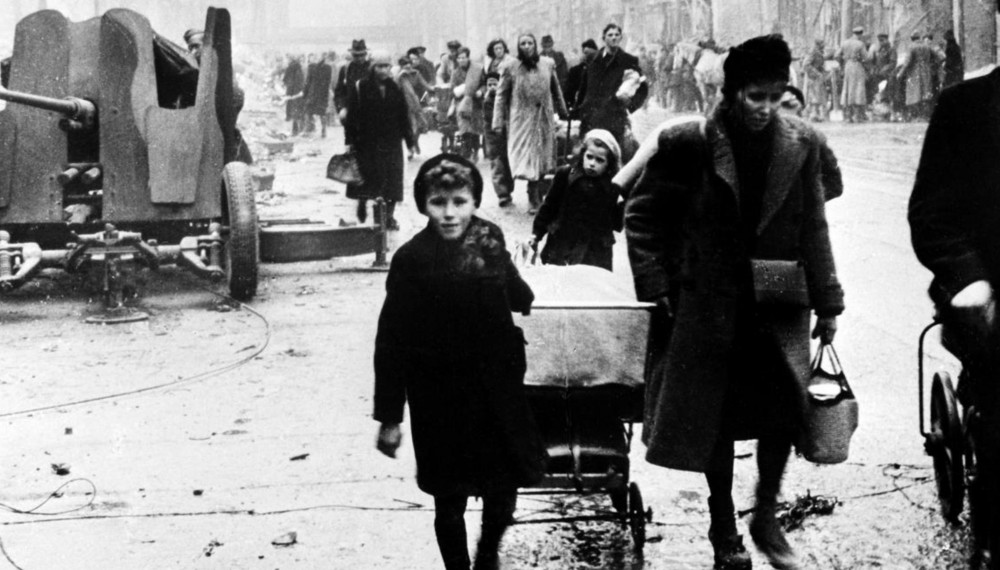
Throughout the fall of 1943 — the spring of 1944 almost the entire German population was taken out of the occupied Soviet territories by the German authorities. The immediate reason for this, as is known, was the loss of strategic initiative on the Eastern Front. By the autumn of 1944, the number of all evacuated ethnic Germans was about 360,000. Most of the German contingent was sent to the territory of Warthegau district. All the rest were in several other regions of Germany. The Warthegau administration began active preparations for the reception of German refugees already in early January 1944. Immediately after arriving in the Reich, they, according to the established procedure, underwent a medical examination, pest control and only then went to the camps. Many German officials described the situation of the evacuated Germans as catastrophic, paying attention to what was immediately evident — a lack of clothes and shoes. Besides, the German authorities were concerned about the arrangement of the life of the new migrants, the bulk of whom was planned to be used as agricultural workers. The SS leadership tried to solve the problem of material and domestic security of German refugees from the USSR by attracting its resources and through support from various business entities. As a result, by the end of the war, the German authorities had not been able to completely solve the problem of the material and social security of ethnic Germans from the USSR. The main reason was the lack of resources and the almost complete reorientation of many enterprises to defense needs. Domestic disorder hugely negatively affected the moral and psychological state of many migrants. In turn, the lack of clothing and shoes often led to refusals to go to work. With growing discontent among the settlers at the end of 1944, the Nazi authorities tried to fight mainly through propaganda, trying to convince them that sooner or later, after the victory of Germany, their life would become much better.
Source: Martynenko V. (2021) “In many cases, the definition of rags for what they are dressed, is too beautiful”: material support of German refugees from the USSR on the territory of the Reich at the end of the Second World War. European Historical Studies. №18: 89-105
Source web-site: https://drive.google.com/file/d/1RmxskZ8ddDjp44RBzqkSTVnF7E5ER62w/view
Number of views: 1816